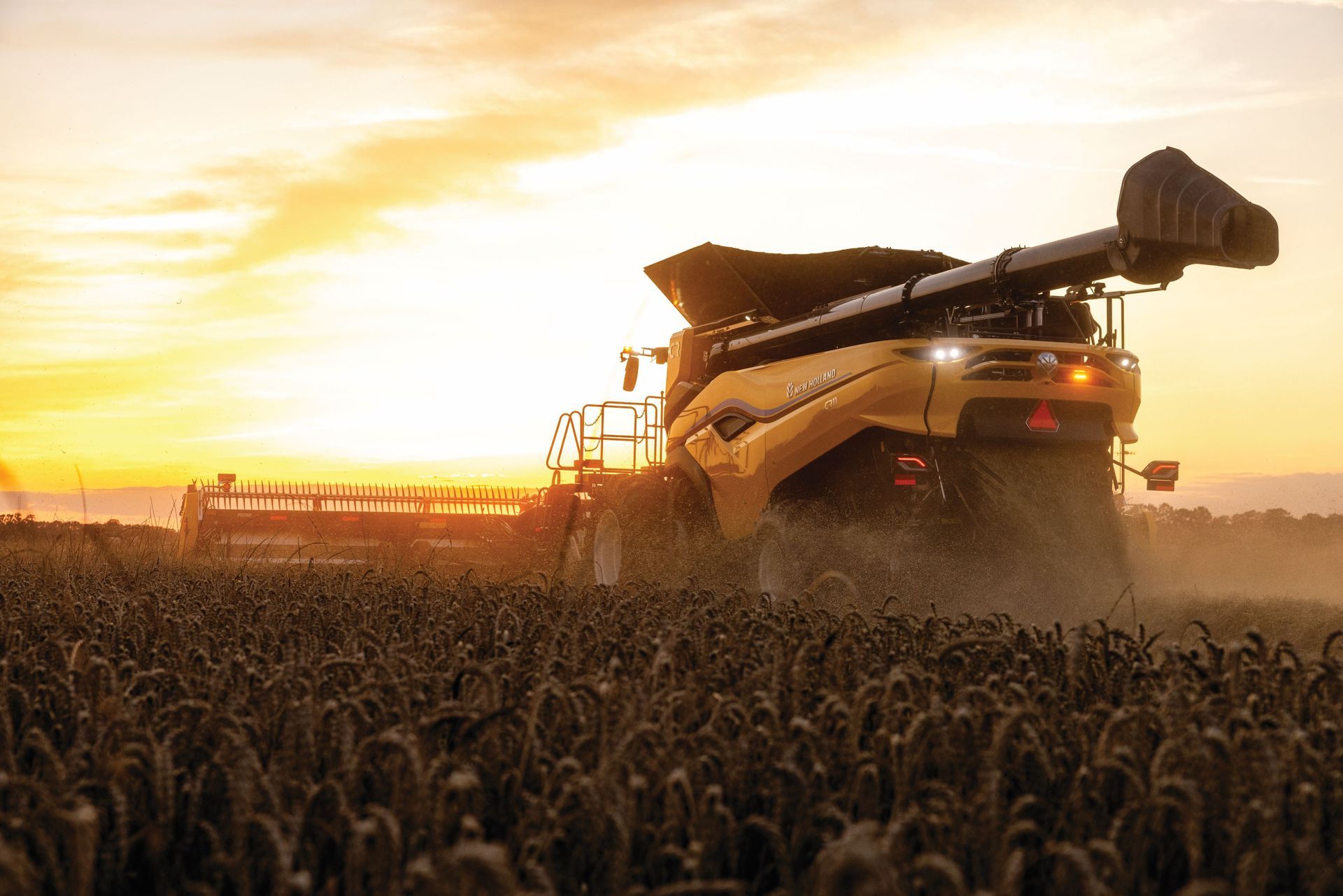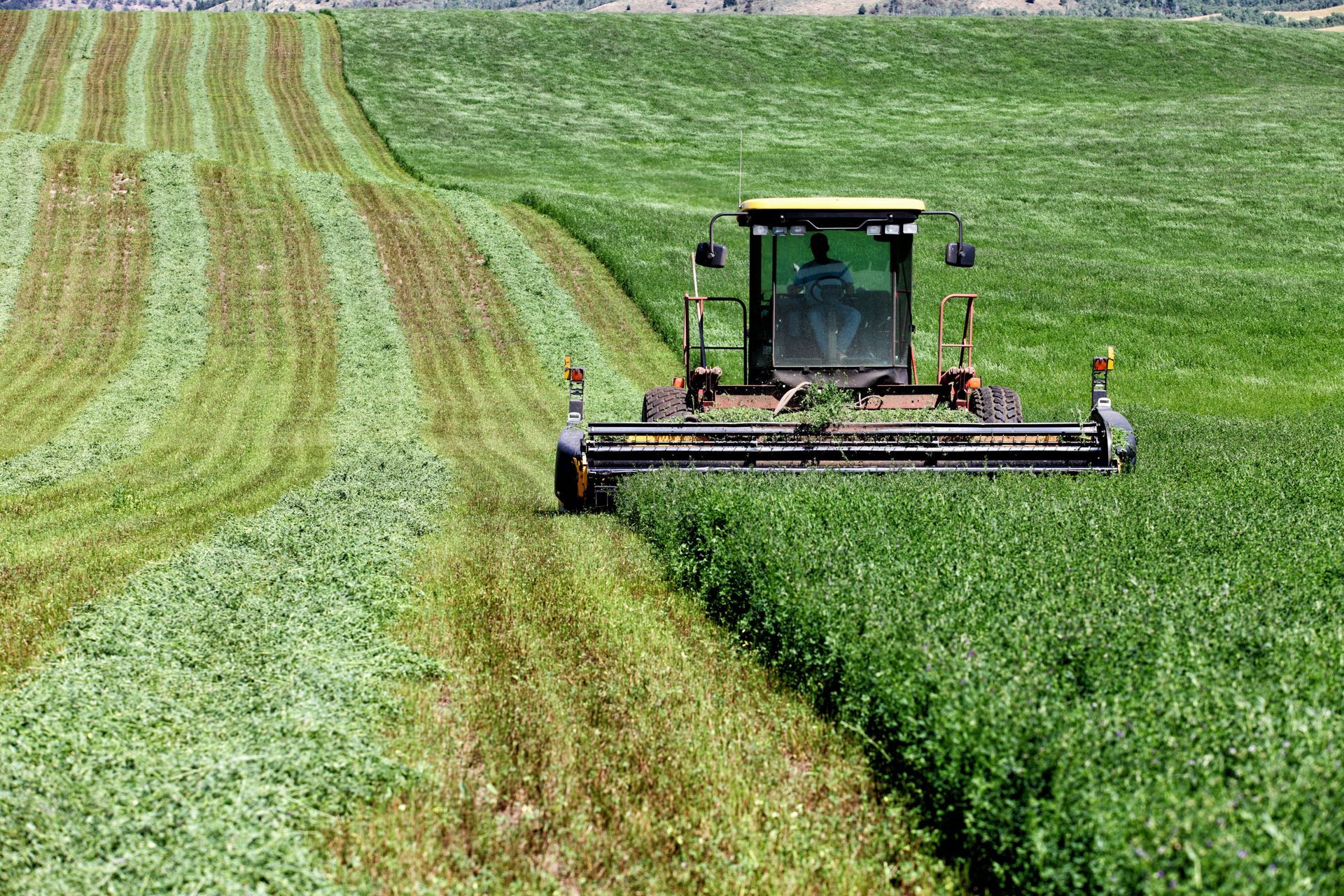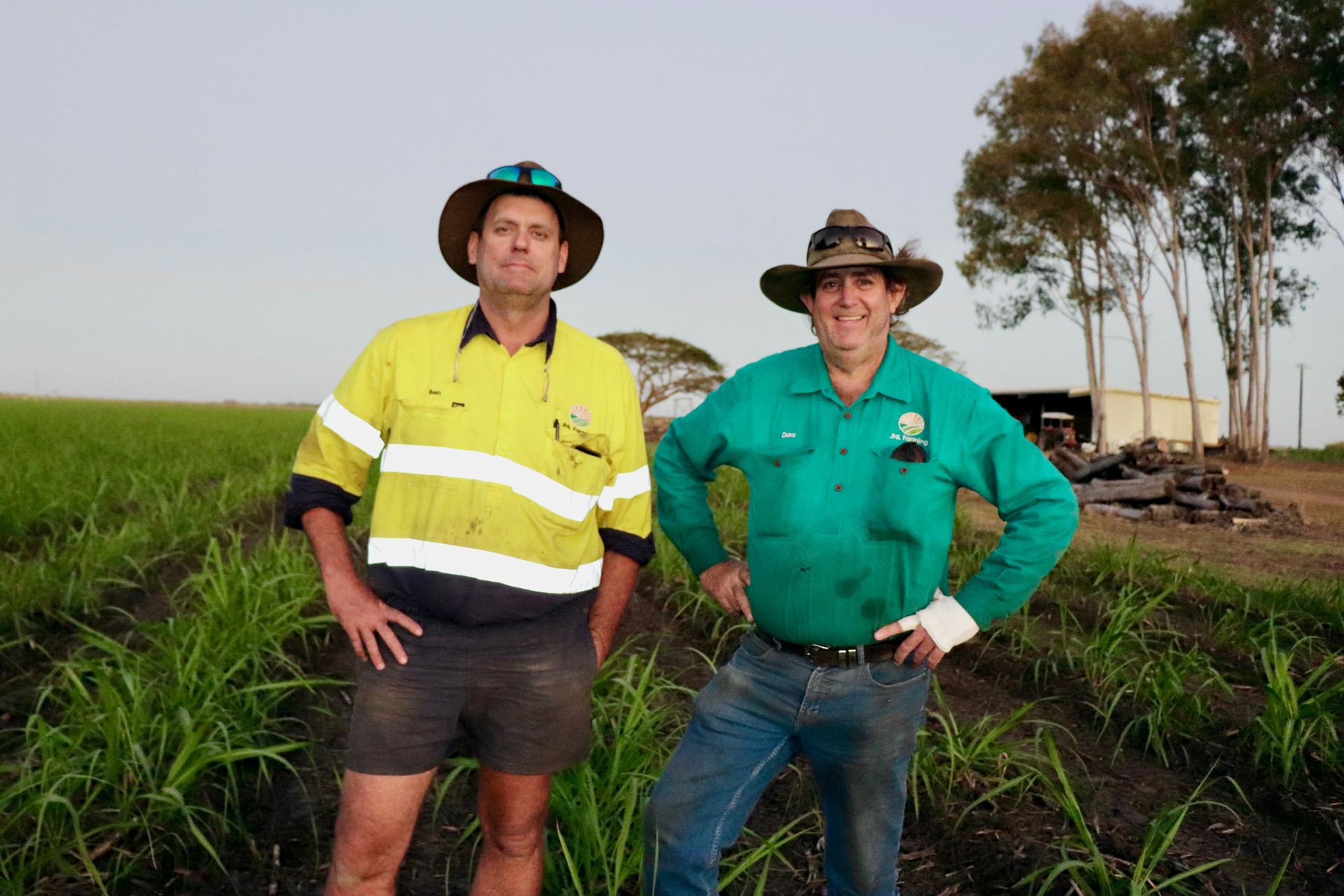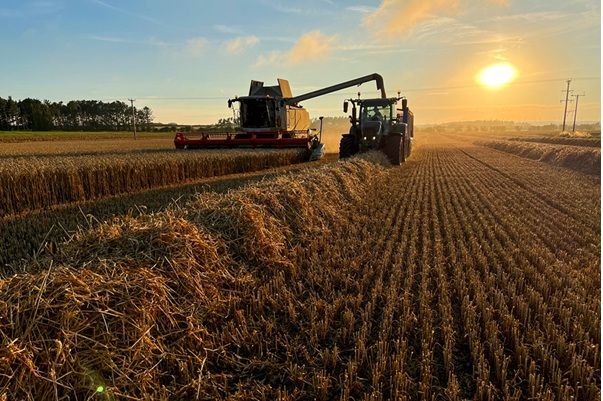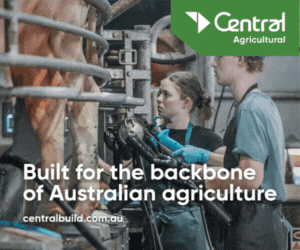1MG FlippingBooks
Pump tech gives irrigators complete control over water management
The Australian Farmer
recently spoke to Joel Gresham, General Manager of Innovation at Davey Water
Products, about the increased role of technology in irrigation and water
management, and how farmers can best utilise the data at their fingertips.
As the Internet of Things (IoT) becomes increasingly
prevalent in every facet of life, it is enabling farmers and irrigators to
better understand their businesses. A huge amount of data on every aspect of a
farm business can now be captured, and the intelligent farmer is getting ahead
by leveraging this data to make better management decisions.
Davey’s broad understanding of water needs means they are at the forefront in developing innovative, hi-tech and IoT-enabled solutions to the irrigation problems faced by Australian farmers. As General Manager of Innovation at Davey, Joel is well-attuned to the challenges encountered by Australian irrigators on a daily basis, and committed to improving the water management with the latest in applicable technology.
“Water management has always played a big role in agriculture, but that is especially true now as farmers get an increased understanding of how much water they’re using, where that water’s going and how to optimise their usage,” says Joel. “This understanding is particularly crucial in Australia, where irrigators need to deal with harsh conditions and high-temperature climates.”
As new technologies and products are flooding the market, farmers have more and more information available to them. According to Joel, this allows irrigators to use sensors and monitors to see their operation from a new perspective.
“Whether it is soil moisture probes or drones, sensors and data are driving new information to help the farmer make decisions more easily,” he says. “Seeing the soil moisture or tank levels change over time gives the farmer a new perspective they haven’t seen before.”
The take-up of this technology varies from farm to farm, as more and more farmers are learning the benefits of connectivity and automated machinery. But there are still issues and hesitation around changing the way a farm operates.
“Most farmers are using technology in some way – it’s not as easy as saying that it’s the younger generation that will take it up and not the older, it really is a bit of a mix,” says Joel. “It might only be to check the weather or set an alarm, but it’s still tech-based. Some of the trouble is more around which solution should the farmer choose, as there’s so many apps and platforms to test that it can be overwhelming.”
Yet despite the hurdles to adoption for this and other new technologies, Joel believes that the Australian farmer’s well-earned reputation for efficiency and innovation will see IoT-enabled sensors, moisture probes and operating systems soon become commonplace.
“Farmers are some of the best businessmen and women we have – most of them are looking for ways to improve and are talking to each other about new products or services,” he says. “They are now seeing connectivity in their machinery, milking machines, grain silos and everything else.
“Technically speaking, the mobile phone is now an IoT device due to all the sensors built into it, and plenty of farmers have taken up the smart phone as a tool to help them run the farm. This will happen for other IoT devices as well.”
Specifically for the irrigation industry, new technology will allow the farmer to use their pumps much more efficiently. Joel has seen installations that are using up to five times more energy than is needed, and the solution is simply better monitoring – which is now possible with the use of IoT-enabled technology.
“The only way to ensure the pump is always running at its best is to have constant measurement of the system that can be easily interpreted and understood,” says Joel. “Apart from the energy savings, there is also the downtime that can be saved if the farmer knows when there is an issue – early leak detection is also a great way to save cost and water.”
A good example of the capability of modern water management systems is Davey’s
booster system, which uses variable speed drives on water pumps to control supply and meet changing water demands. Fully optimised with connectivity to the cloud, the Monsoon IQ system has a range of sensor inputs that allow the irrigator to monitor details such as water pressure, drive temperature, voltage current and water flow.
“The Monsoon IQ is basically a smart controller for our pumps, monitoring all the sensor data that is coming out such as power, rotational speed, temperature, flow rate and pressure,” says Joel. “That information allows customers and dealers to monitor that data and be alerted when there are issues, and also drives decisions for the end user – after all, you can’t manage what you don’t measure.
“Our innovative pump products are not only made especially for Australian conditions, but they put valuable water management data back in the hands of farmers. Using connectivity to the cloud to transmit data, our pumps can track all necessary data, provide notifications when a pump is down and suggest when pumps should be serviced to minimise downtime.”
This data can be monitored from a web-based portal and provides the farmer with valuable information on the energy consumption (in terms of dollars per megalitre) of the irrigation system, and the difference in costs in an off-peak and on-peak energy system.
“A lot of farmers don’t know how much their energy use is costing in terms of the amount of water they are using – they can work it out later, but they don’t have a live understanding of the situation,” says Joel. “If they’ve got peak and off-peak power, they may not know the difference in cost between running a pump in peak and off-peak periods. With the Monsoon IQ, all that data comes back to the farmer live so they can make that decision in real time.”
